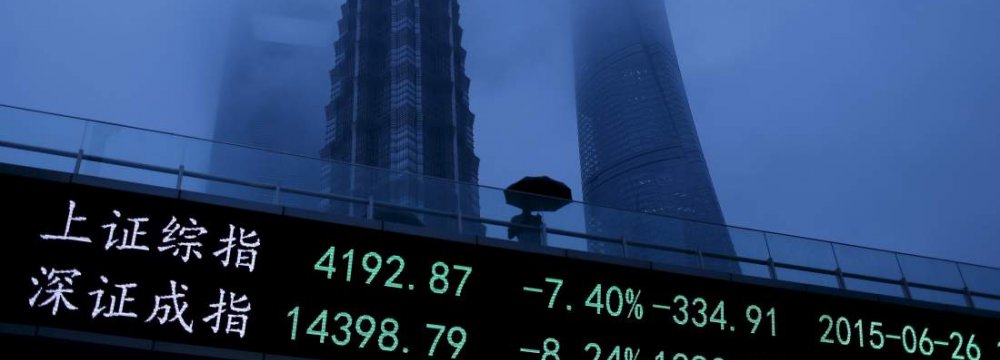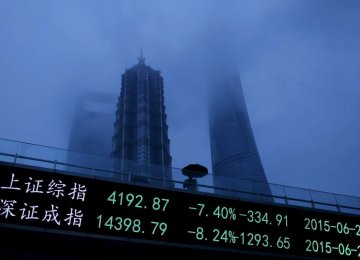As China confronts a persistent slowdown in growth, its government moved to pump more money into the economy, stimulus measures that could create other challenges for the country.
Chinese officials on Friday mostly followed a well-worn playbook, putting in effect a number of measures designed to help lower corporate borrowing costs. The central bank cut interest rates for the sixth time in less than a year, and it freed up banks to lend more money for the fourth time since November, Yahoo reported.
The government also took a step toward easing the pressures for consumers, by removing a cap on the interest rates that banks can pay for deposits. The decision, part of a broader effort to liberalize the banking system and make it more efficient, may help increase household incomes, a critical piece of the economic puzzle.
The scramble reflects the economic struggles facing China. Official data released on Monday showed China’s growth slipped to 6.9% in the third quarter, the weakest quarterly expansion since 2009, in the depths of the financial crisis.
Inflation, too, has been weak. Like Europe and Japan, China is dealing with disinflation in producer prices and weak increases in consumer prices. Such an environment can cause companies to cut investment and consumers to refrain from spending, pulling down the overall economy.
More Stimulus Needed
While China’s economy is hardly falling off a cliff, the spate of actions in recent months suggests that the troubles are mounting. And analysts indicated that more stimulus may be necessary.
The moves “intensify concerns that the measures taken so far have had limited traction in supporting growth and that more drastic measures might be required in the coming months,” said Eswar Prasad, a professor of trade policy at Cornell University, who used to head the China division of the International Monetary Fund.
China is joining a lineup of central banks seeking to prop up economic growth by easing monetary policy, even as the US Federal Reserve considers an interest-rate increase.
In China, the collection of policy measures could set off other economic troubles, complicating the country’s response to slowing growth.
On Friday, the People’s Bank of China said it would cut the one-year lending rate by a quarter of a percentage point, to 4.35%, effective Saturday. The benchmark deposit rate would be lowered by the same amount, to 1.5%.
By making loans cheaper, China is hoping to encourage companies to spend and invest. But the extra loans could foster more construction of apartment buildings, office towers and shopping malls. China is already struggling to cope with a real estate glut and a mountain of debt.
“The reliance on monetary policy could also hurt the goal of rebalancing the economy by reducing the reliance on credit-fueled investment growth to boost overall growth,” Prasad said.
Currency to Weaken Further
China’s reliance on increasing the money circulating through the economy, which is already more than the amount in the United States, could also further weaken the Chinese currency and prompt additional outflows. The currency, the renminbi, has been a particular point of concern ever since a surprise devaluation in August sent a wave of volatility through global stock markets.
The renminbi, tightly managed by the government, has remained largely stable in the two months since the devaluation. But financial outflows have increased as local and foreign investors seek to move money offshore over fears of further devaluations and the generally weaker outlook for China’s growth.
To help ensure stability, China’s central bank paired its rate cut on Friday with a 0.5 percentage point reduction to the so-called reserve requirement ratio. The ratio stipulates how much cash commercial banks must set aside instead of lending. The cut was necessary to “maintain reasonably ample liquidity in the banking system,” the central bank said in a statement.
In tandem with the cuts, the central bank said it would no longer set a ceiling on the rates that banks may pay depositors.





